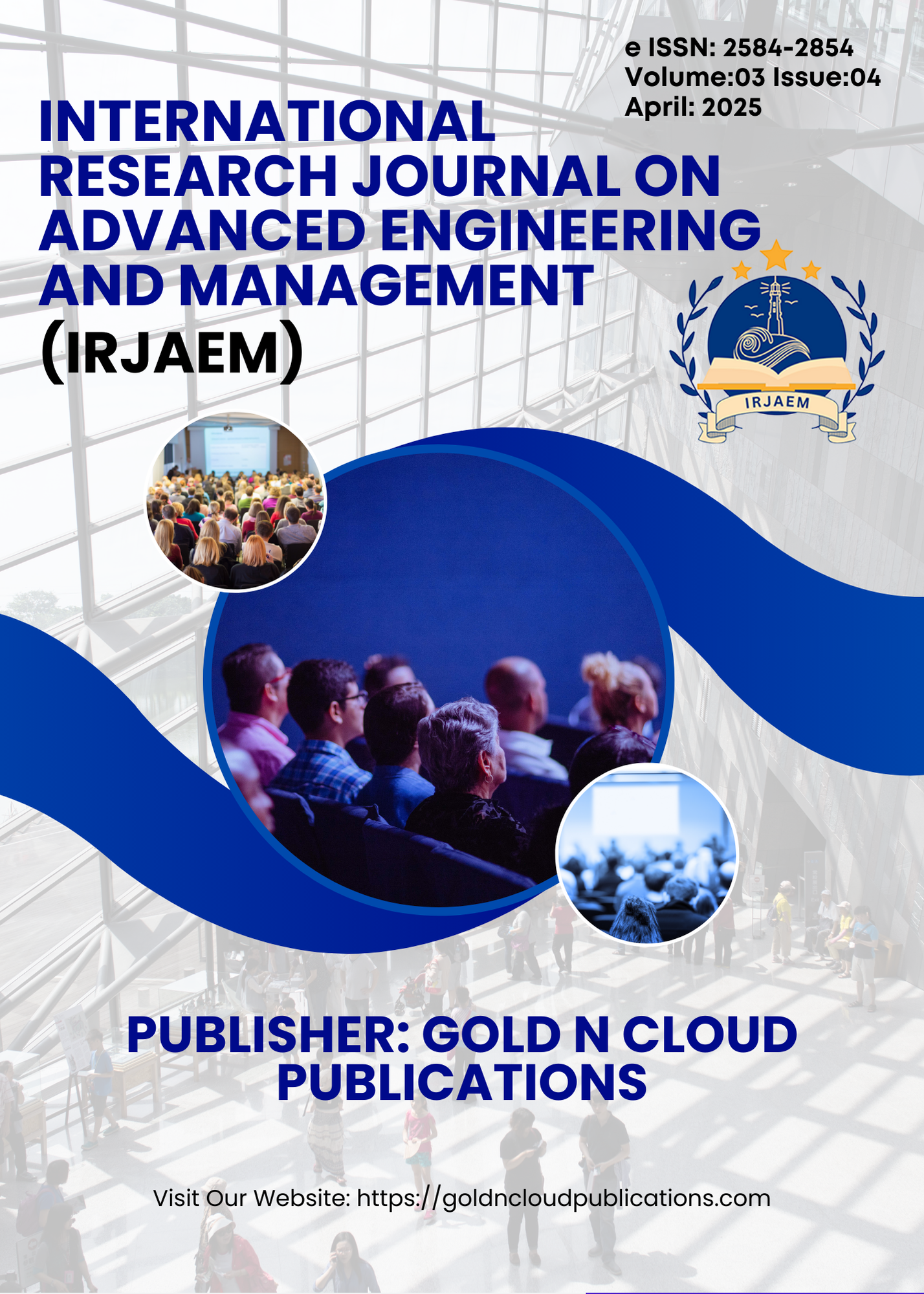Treatment of Vericose Vein Using Internet-Of-Things
DOI:
https://doi.org/10.47392/IRJAEM.2025.0219Keywords:
real-time tracking, vascular disorders, healthcare technology, remote monitoring, wearable sensors, Internet of Things (IoT), Varicose veinsAbstract
Nowadays, Varicose veins are common among old age people. Varicose veins are inflamed and tangled veins on the legs. They are caused by Chronic Venous Insufficiency (CVI), which makes the valve to damage permanently. As it is a chronic disease, it cannot be cured permanently. It is also referred to as varicose veins or varicosities. They are red or bluish-purple in color. They are extremely painful. It usually happens when the veins become weak, dilated, enlarged, and filled up with blood. It is more common in women. Varicosed veins appear on the surface layer. It primarily affects the veins in the legs and it is caused by strain in the lower body veins. It occurs when a defected valve in the vein permits blood to flow in the opposite direction. Mainly it occurs due to increase in intravenous pressure. It can also occur due to genetic predisposition. Risk factors of varicose vein are female gender, age more than 50, increase in abdominal pressure.
Downloads
Downloads
Published
Issue
Section
License
Copyright (c) 2025 International Research Journal on Advanced Engineering and Management (IRJAEM)

This work is licensed under a Creative Commons Attribution-NonCommercial 4.0 International License.


 .
. 